The Bonobo is a primate that is closely related to the chimpanzee. In fact, people often refer to this species as the “pygmy chimpanzee” as well. They share the taxonomic genus Pan with their chimp cousins.
This species is one of several that people refer to as “great apes.” Other members of the great ape, or Hominidae family include orangutans, gorillas, chimpanzees, and even humans. Read on to learn about the Bonobo.
Description of the Bonobo
At a glance, this species looks quite similar to the chimpanzee. Both species have coarse, black hair, long arms, and muscular bodies. They also both lack hair on most of their faces, and the palms of their hands and feet.
Bonobos have dark skin on their faces, some hair on their cheeks, and pink skin on their lips. The hair on the tops of their heads is longer than that of a chimp. This species also has longer rear legs than chimps do, and walks on its hind legs more frequently.
Interesting Facts About the Bonobo
Humans have frequently focused their research and studies on this highly intelligent creature. Learn about some of the many things that make these primates so unique below.
- Social Behavior – One of the primarily studied features of this species is their mating behavior. When compared to their closest relatives, this species spends much more time breeding and researchers believe that they use mating behavior to create social bonds.
- Aggression – When compared to chimps, researchers find that this species shows considerably less aggressive behavior. While chimpanzees tend to react with extreme aggression towards other troops, Bonobos avoid conflict. However, they do display aggression in some situations.
- Group Structure – Though smaller groups break off during the day to feed, when these primates return to the trees to sleep, they congregate in large numbers. As many as 100 individuals can make up a single overnight group.
- Endangered Animals – Sadly, human activity threatens the survival of this species. Like chimps, people hunt Bonobos as bushmeat. The military in the region also hunts these primates and shoots them for fun. Habitat destruction also poses a dire threat their survival as well. The IUCN lists the species as Endangered.
Habitat of the Bonobo
This species lives primarily in tropical rainforest. However, they also inhabit forested areas that have grown in from abandoned farms and agricultural areas. Researchers refer to these areas as secondary forests. They also forage in marshes and wetlands, as well as the edges of grasslands.
Distribution of the Bonobo
These primates inhabit just a small region of central Africa – in fact, their entire wild population lives within the Democratic Republic of Congo. Other populations live in zoos and other breeding programs across the world.
Diet of the Bonobo
Though this species is omnivorous, the majority of their diet consists of fruit. They also feed on other vegetation, invertebrates, eggs, and small mammals.
The herbivorous portion of their diet contains fruits, berries, nuts, leaves, stems, flowers, roots, and more. When hunting, they feed on termites, worms, insect larvae, eggs, and even small mammals like flying squirrels.
Bonobo and Human Interaction
Human activity, both direct and indirect, is a dire threat to the survival of this species. Their most pressing threat is poaching. People directly hunt these primates for their meat and as target practice. War in the area prevents proper protection of the species from harm.
Habitat destruction also poses a grave danger. People clear the forests that these primates live in and use that area for logging or agriculture. Humans also destroy their habitat in areas where the civil war is prevalent.
Domestication
Humans have not domesticated this species in any way.
Does the Bonobo Make a Good Pet
No, this primate does not make a good pet. In fact, you should not keep any primate species as a pet, as they have complex social and dietary needs. It is also quite difficult to provide the proper level of mental stimulation and exercise necessary for their wellbeing. Additionally, it is illegal to own a Bonobo as a pet in most places.
Bonobo Care
Zoos are an incredibly important part of the long-term survival of this species. Wild populations continue to decline yearly, and habitat destruction and poaching remain a serious problem. Zoos carefully select groups to provide the greatest genetic diversity and reduce inbreeding.
Bonobos in zoos have large enclosures with a wide variety of trees, branches, and ropes to climb and explore. Zookeepers provide them with many different toys and puzzle feeders, as well as using positive reinforcement training to keep them mentally stimulated. Veterinarians oversee each animal’s diet and health.
Behavior of the Bonobo
These primates live in groups and have complex social interactions. Larger groups congregate to sleep in the trees at night and separate into smaller groups during the day to feed.
Individuals within the group groom and mate with one another to maintain social ties. Males remain in the same group their entire life, while females leave when they reach sexual maturity to find a group to breed in.
Reproduction of the Bonobo
Both males and females of this species are polygynandrous, which means they breed with multiple partners. Though they mate frequently, most females only give birth to one infant every 5 years. The gestation period lasts about 7 ½ months.
Females wean their infant at about 2 years of age, but the young Bonobo is still reliant on its mother until it is between 7 and 9 years old. The young do not reach sexual maturity until they are a few years after their independence.

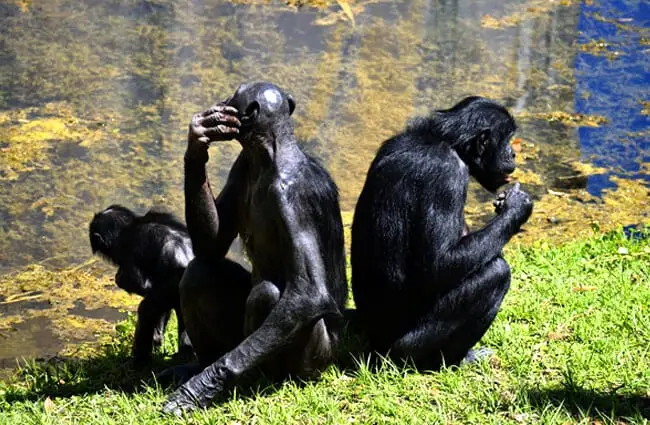
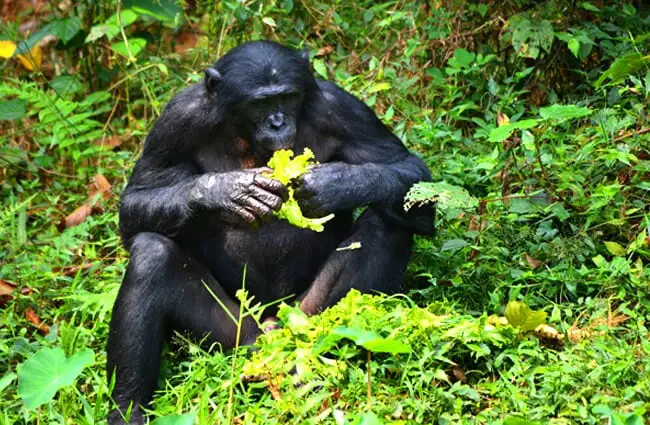
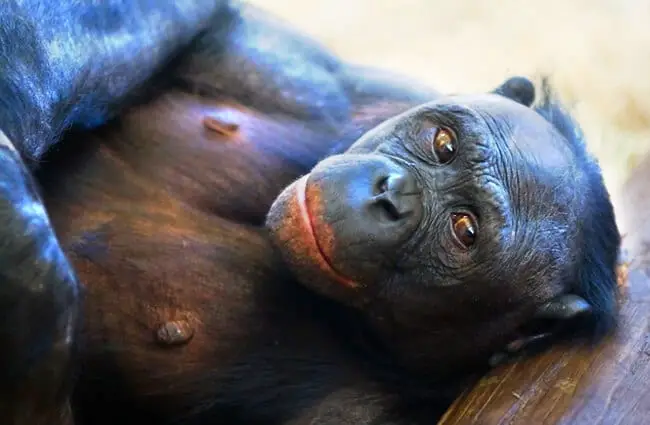

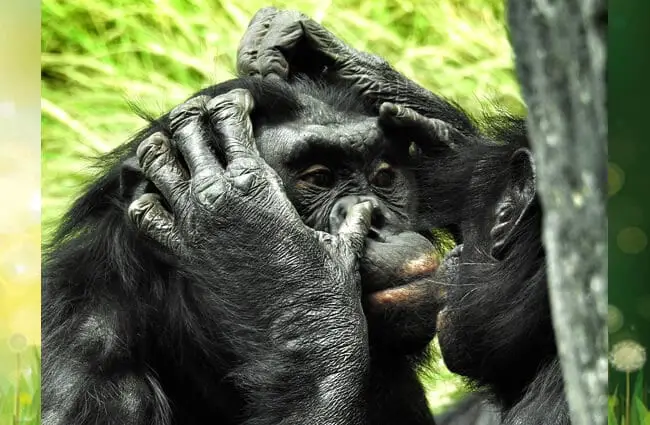
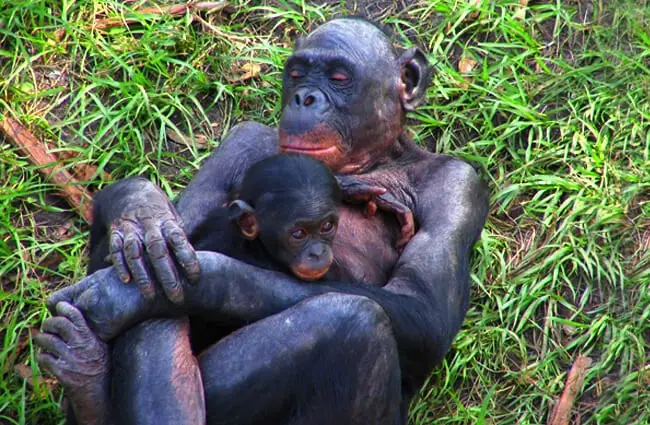
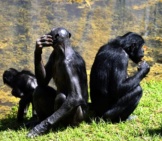
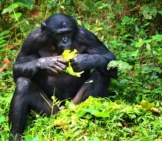
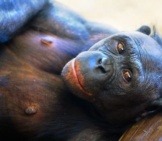



![Red Angus Closeup of a beautiful Red Angus cowPhoto by: U.S. Department of Agriculture [pubic domain]https://creativecommons.org/licenses/by/2.0/](https://animals.net/wp-content/uploads/2020/03/Red-Angus-4-238x178.jpg)












![Red Angus Closeup of a beautiful Red Angus cowPhoto by: U.S. Department of Agriculture [pubic domain]https://creativecommons.org/licenses/by/2.0/](https://animals.net/wp-content/uploads/2020/03/Red-Angus-4-100x75.jpg)

